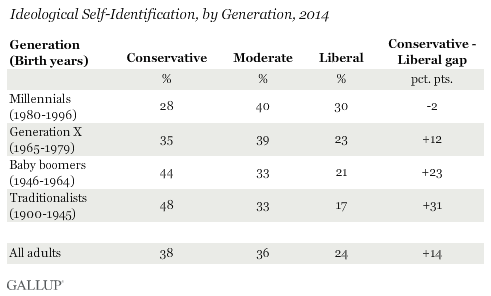Monday, February 2nd, 2015
Cate Cauguiran, Reporter - CBS News - San Francisco Bay Area
Stephan: Here is the latest on the bee crisis. As bee populations decline bee rustling is a growing problem. Even here on my island it has become an issue.

Bee hives provide the means for pollination of almond orchard, California.
Credit: Shutterstock
YOLO COUNTY, CALIFORNIA — It’s a crime straight out of the wild west with a with a California twist. Bee rustlers have become the state’s new outlaws. It’s the farmers who are getting stung.
The gentle hum of bees is music to farmers in California’s heartland. Farmers do the planting but bees are the key to their crop’s success.
Farmers know it, and in Yolo County, so do criminals. One good hit, and the bad guys can net $350-$600 in just one minute.
In the middle of night, thieves steal boxes of bees in hopes of renting them out to farmers as their own for thousands of dollars, or starting their own colonies.
How do they get away with it? Sometimes thieves are experienced bee keepers. In the eyes of the victims, they are cruel. They roll up and rip the bees from their homes ruthlessly.
“Sometimes they use a forklift,” says Henry Harland, a bee farmer in Yolo county. He says mistreating bees […]
No Comments
Monday, February 2nd, 2015
Paul Rincon, Science Editor - BBC News (U.K.)
Stephan: Nanotechnology is developing so fast that most of the media don't seem to be able to keep up. Here is the latest, an aspect of the technology that holds both great promise, but also comes with a considerable shadow.

Microscopic images of nanobots.
In a case of science fiction meeting reality, microscopic “machines” have journeyed inside a living animal for the first time.
The tiny devices delivered a cargo of nano-particles into the stomach lining of a mouse.
The research by scientists at the University of California is published in the journal ACS Nano.
Medical applications for micro-machines include the release of drugs into specific locations within the body.
But until now, they have only been tested in laboratory cell samples.
A team led by Professors Liangfang Zhang and Joseph Wang from UC, San Diego fed the tiny motors to mice.
The machines, made of polymer tubes coated with zinc, are just 20 micrometres long – the width of a strand of human hair.
In stomach acid, the zinc reacts to produce bubbles of hydrogen, which propel the machines into the lining of the stomach, where they attach.
As the machines dissolve, they deliver their cargoes into the stomach tissue.
The researchers say the method may offer an efficient way to deliver drugs into the stomach, to treat […]
No Comments















